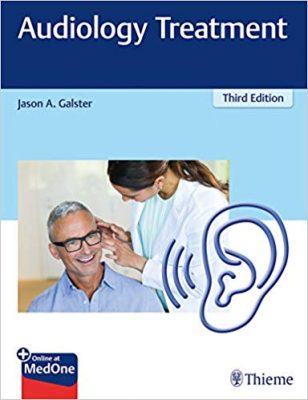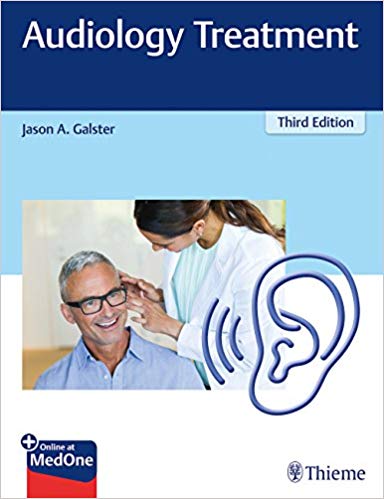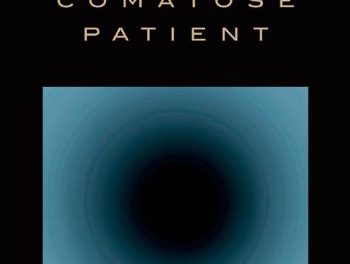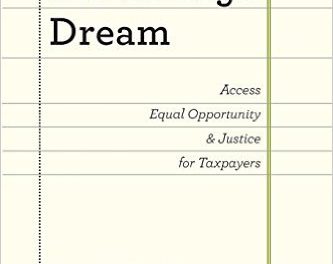 Editor: Jason A. Galster, PhD
Editor: Jason A. Galster, PhD
Publisher: Thieme – 366 pages
Book Review by: Nano Khilnani
Evidence has emerged that untreated hearing loss can result in accelerated cognitive decline, the author writes at the beginning of this book. In addition, continued non-treatment of hearing loss can result in the following outcomes:
- Decreased social engagement
- Increased fatigue
- Poorer academic performance
- Reduced quality of life
This book provides an introduction to fundamental practices and considerations associated with treatment of hearing loss by audiologists. Among other topics related to hearing, the following are discussed and reviewed:
- Assessment of patient needs and measurement of post-treatment outcomes
- Audio signal processing to shape and filter sounds so that it increases speech audibility
- Cochlear implants as an alternative to surgery
- Detailed introduction to prescription hearing aids
- Management of tinnitus and hyperacusis
- Modern concepts on the treatment of hearing loss with hearing aids for children and adults
- Physical properties of hearing aids and measurement of hearing performance
- Treatment of hearing loss through bone-conduction device s
Sixteen specialists in audiology from all over the United States authored the 17 chapters of this book that we list below to provide an overview of the contents of this book
- Introduction: On the Treatment of Hearing Loss
- Fundamentals of Hearing Aid Acoustics and Hardware
- Standards for Assessing Hearing Aid Performance
- Hearing Aid Coupling: Theory and Application
- Hearing Aid Coupling: Techniques and Technologies
- Audio Signal Processing and Hearing Aids
- Fundamentals of Real-Ear Measurement
- Real-Ear Measurement Techniques
- Hearing Aid Prescriptive Fitting Methods
- Outcome Measures in the Prescription of Hearing Aids for Adults
- Hearing Aid Selection and Prescription for Children
- Cochlear Implants in Adults
- Cochlear Implants in Children
- Bone-Conduction Hearing Solutions
- Hearing Assistive and Related Technology
- Hearing Protection Devices
- Tinnitus and Sound Sensitivity
Let’s take a look at a typical chapter to review its outline and features. Chapter 2 entitled Fundamentals of Hearing Aid Acoustics and Hardware authored by Andrew Johnson, a senior electro-acoustic engineer at Starkey Hearing Technologies in Eden Prairie, Minnesota, discusses the following main topics:
- 2.1 The Advancement f Hearing Aid Technology
- 2.2 Hearing Aid Styles
- 2.2.1 Behind the Ear
- 2.2.2 Receiver in Canal
- 2.2.3 Custom Hearing Aids
- 2.2.4 Other Hearing Aid Styles
- 2.3 Hearing Aid Components
- 2.3.1 A Note on Logarithms, Decibels, and Frequency Response Plots
- 2.3.2 Microphones
- 2.3.3 Induction Coils
- 2.3.4 Hearing Aid Receivers
- 2.3.5 Batteries
- 2.3.6 Radios and Antennas
- References
- Throughout the chapter as with other chapters, visual aids are provided that consist of charts, drawings, photos, and tables in black and white and color. These enable the reader to moré clearly understand what has been written in the surrounding text.
This is an excellent textbook on the basics of audiology, hearing aid science and treatment of hearing loss and deficiency and other disorders.
Editor:
Jason A. Galster, PhD, CCC-A, FAAA is Director of Clinical research at ADVANCED Bionics LLC in Valencia, California.







